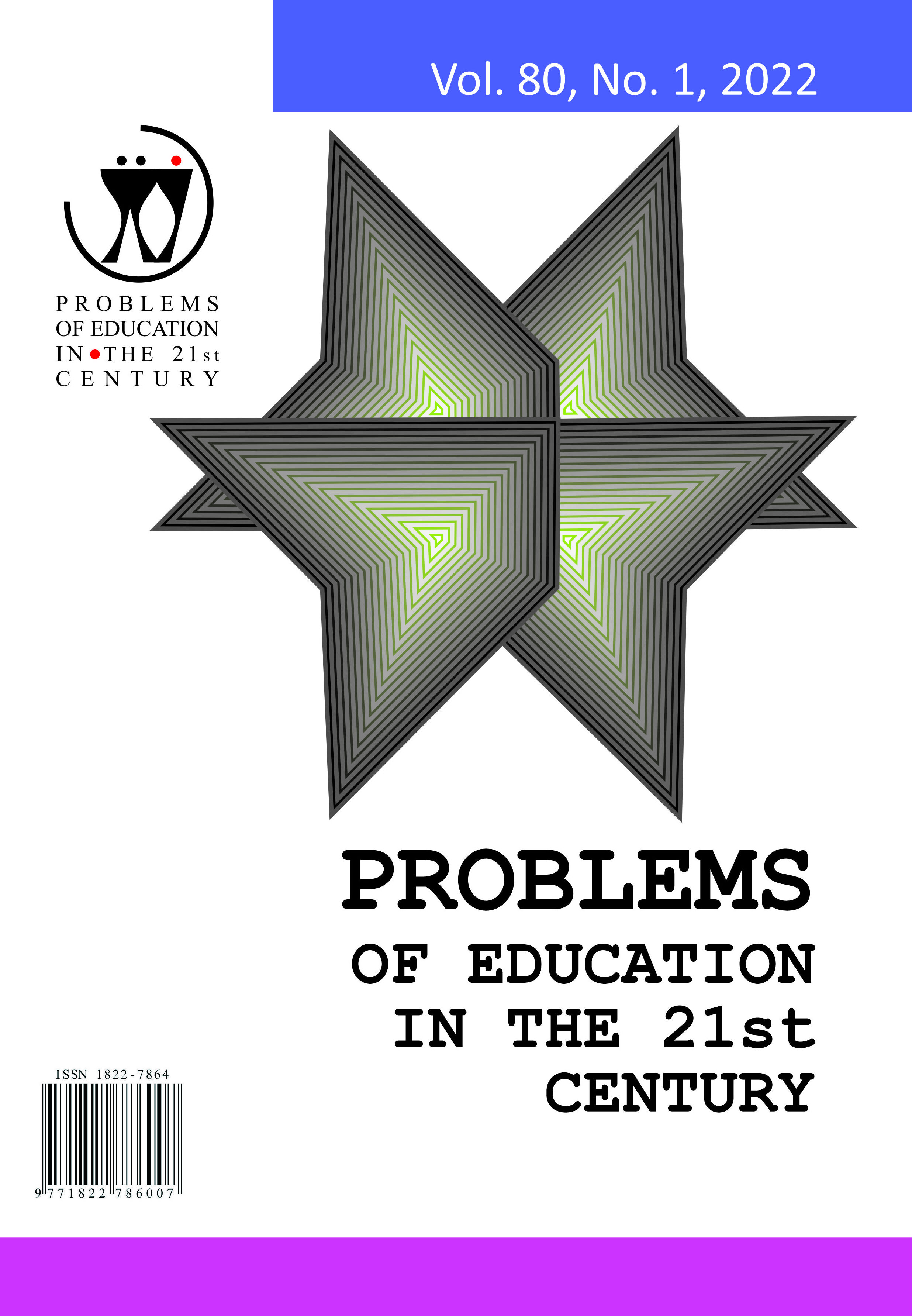EXPLORING ATOMS AND MOLECULES IN THE CLASSROOM: IS IT POSSIBLE?
EXPLORING ATOMS AND MOLECULES IN THE CLASSROOM: IS IT POSSIBLE?
Author(s): Solange W. LocatelliSubject(s): Social Sciences, Education
Published by: Scientia Socialis, UAB
Keywords: meaning system; internal representations; chemical knowledge;
Summary/Abstract: If you are a chemistry teacher, chances are you have already felt like doing an activity where students could manipulate and explore atoms or molecules in the classroom. Yes, that is right, touching, moving, uniting atoms to form molecules in a classroom, forming the most diverse substances that exist in the world, or at least observing these particles (atoms or molecules) under the microscope, as well as their constituents such as electrons and protons. But, is this possible? It is known that none of this is possible, but it would be desirable if it were, because in this way, students could better understand many phenomena of their daily lives, such as, for example, the burning of coal with the release of gases that, at a submicro level, involves the rearrangement of atoms for the occurrence of such a chemical reaction. Considering this, how to explore the particles in the classroom, which are inaccessible to the human senses, in a way that the student can understand, having an explanation of what is happening macroscopically, that is, of what he or she is observing (seeing) or even feeling, since in this case heat is released. How could we try to explain the natural world, what we experience in our daily lives?
Journal: Problems of Education in the 21st Century
- Issue Year: 80/2022
- Issue No: 1
- Page Range: 5-8
- Page Count: 4
- Language: English

